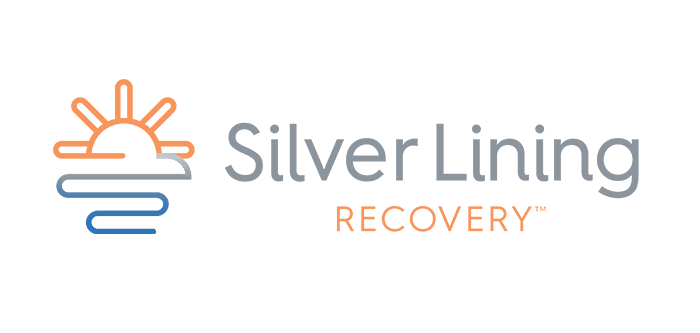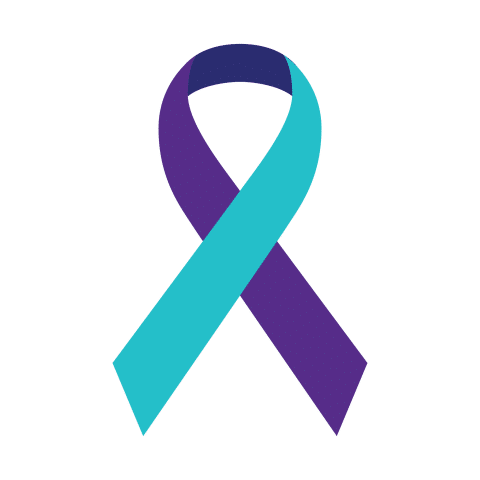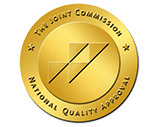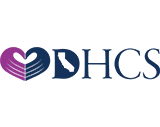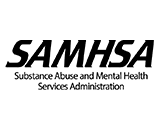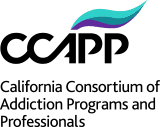Quick Takeaway
Suicide prevention begins with awareness, compassion, and connection. Every conversation can change a life. This National Recovery Month, let’s choose hope.
A Month of Awareness and Healing
The Overlap Between Addiction and Suicide Risk
Addiction can intensify feelings of hopelessness. Substances alter brain chemistry, cloud judgment, and increase impulsivity. Those struggling with depression, trauma, or loss are especially vulnerable.
According to the CDC, nearly one-third of suicide deaths involve alcohol or drug use. This connection emphasizes the need for integrated care—addressing mental health and addiction together, not separately.
Recognizing Warning Signs
- Talking about death or feeling like a burden
- Sudden withdrawal from loved ones
- Drastic mood changes or reckless behavior
- Giving away possessions or saying goodbye
If you observe these signs, don’t dismiss them. Reach out, listen without judgment, and connect the person to professional help immediately.
How to Offer Support
- Listen actively—validate feelings rather than trying to “fix” them.
- Avoid minimizing their pain (“others have it worse”).
- Encourage professional help—offer to call or accompany them.
- Follow up regularly—connection saves lives.
If someone is in immediate danger, call or text 988, the Suicide & Crisis Lifeline (available 24/7).
FAQs
Always take suicidal statements seriously. It’s better to over-respond than risk silence.
Yes—recovery programs that address both addiction and mental health dramatically lower risk.
Absolutely. Family education and therapy are crucial for ongoing safety and healing.
How Silver Lining Recovery Helps
We provide dual-diagnosis treatment that addresses both substance use and underlying mental health issues. Through compassionate therapy, peer support, and holistic practices, clients learn to regulate emotions and rebuild resilience.
Our goal is to replace despair with direction—helping clients reconnect to purpose and community.
